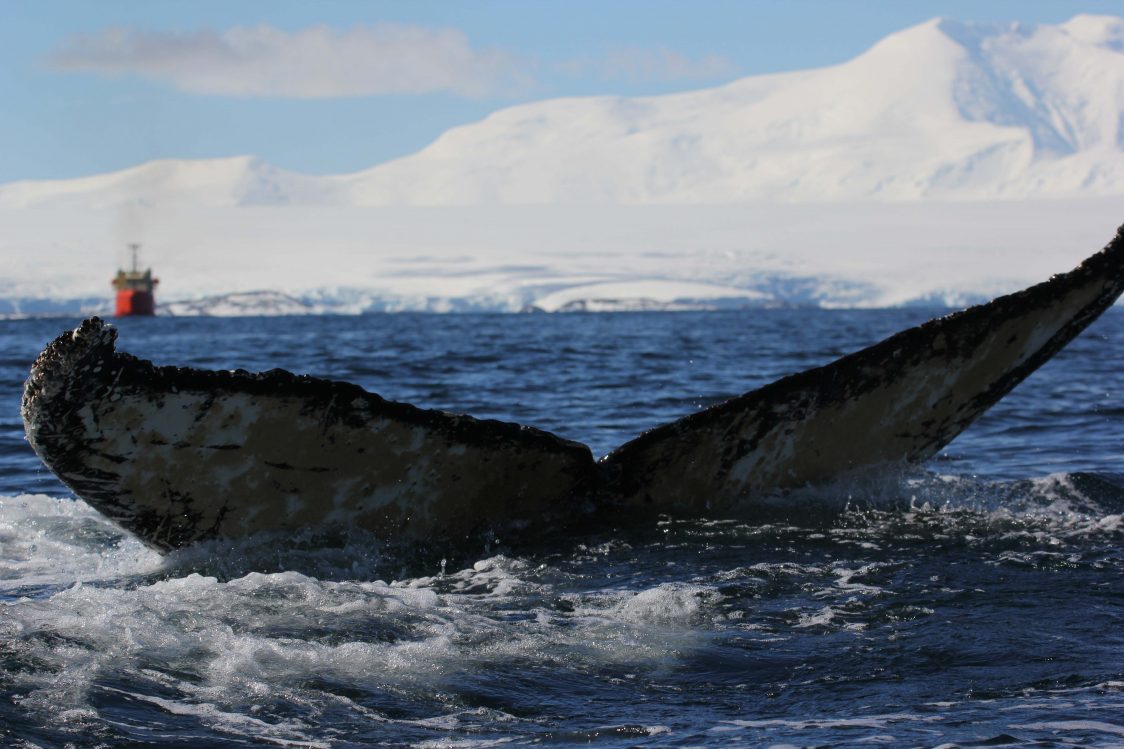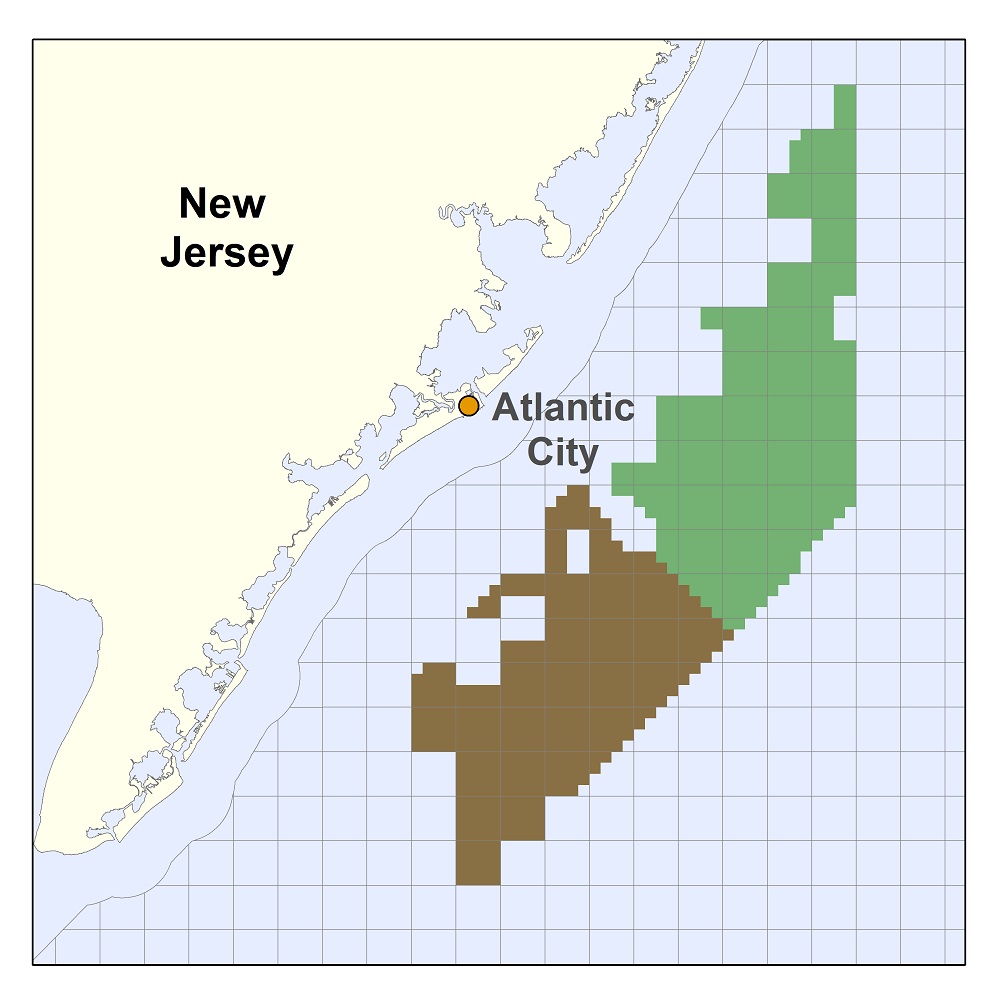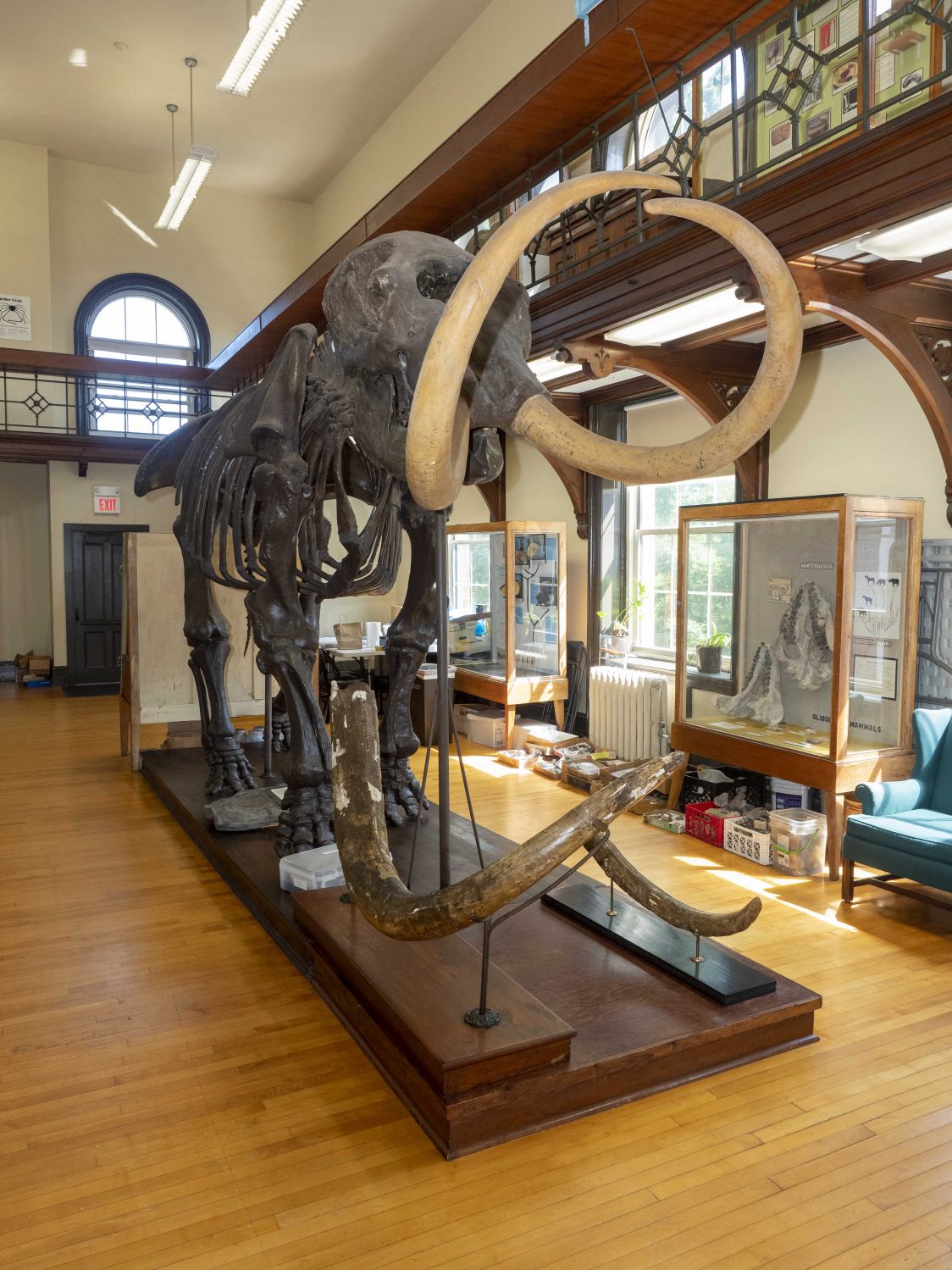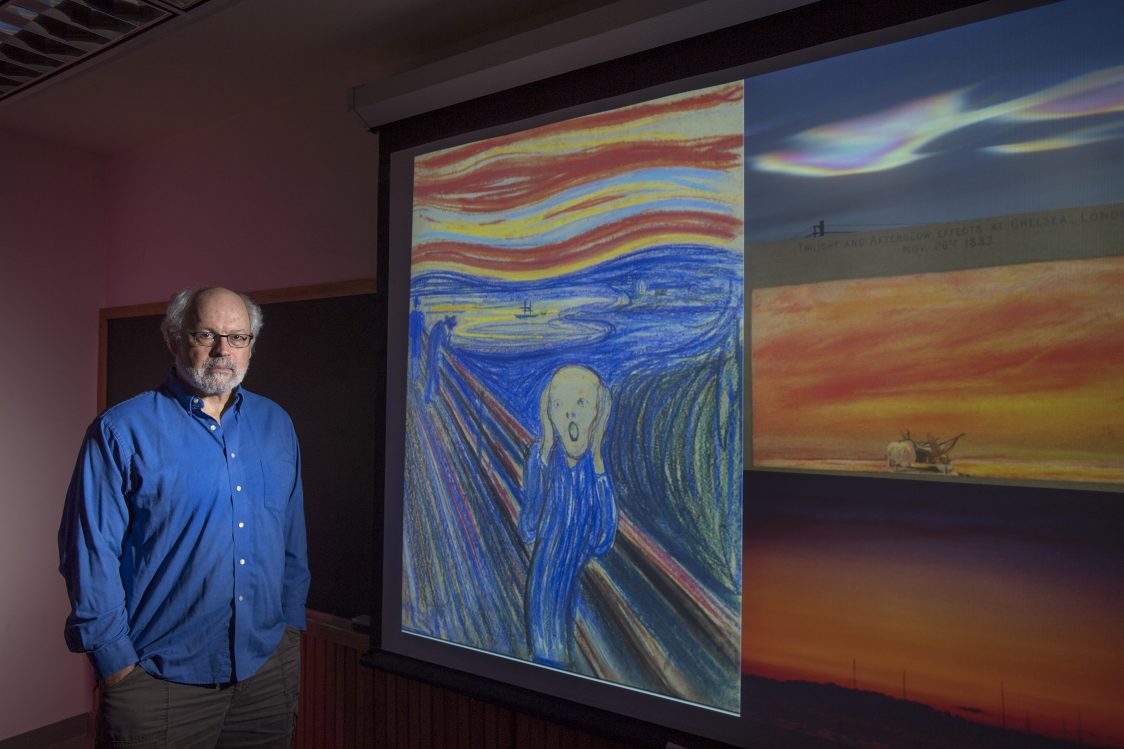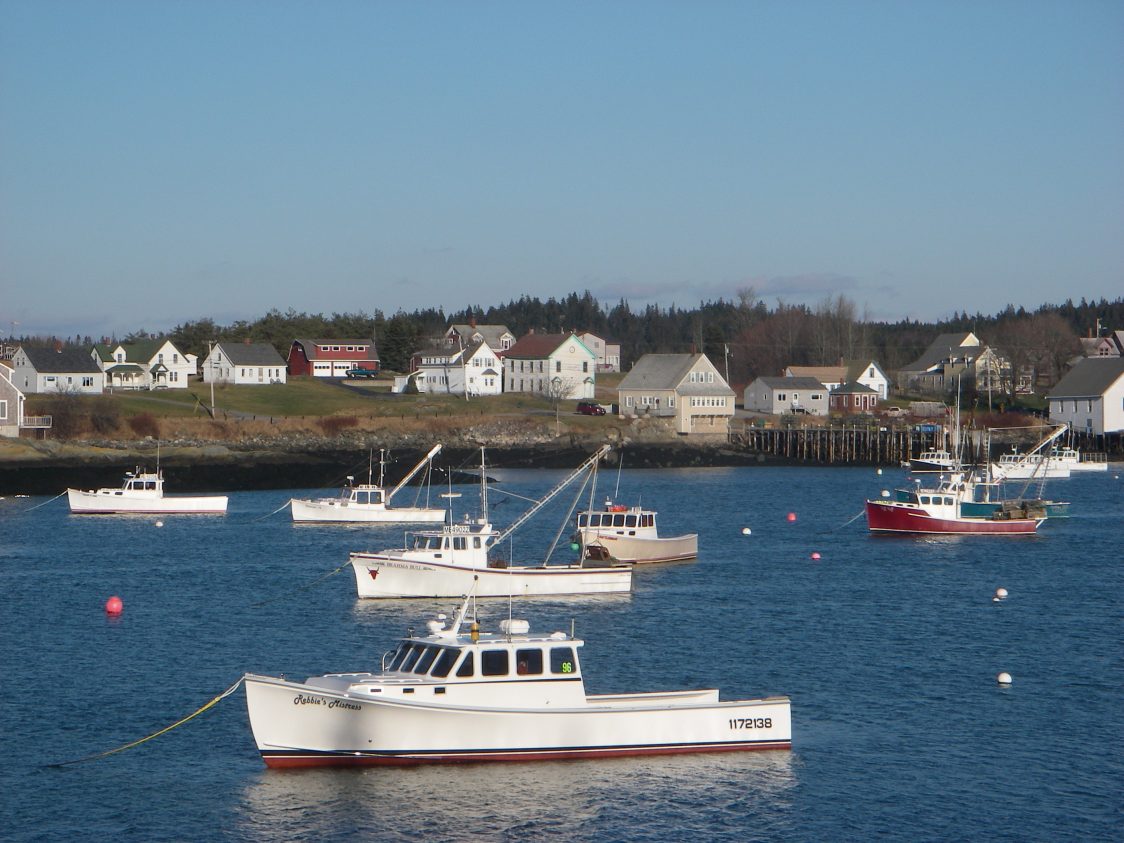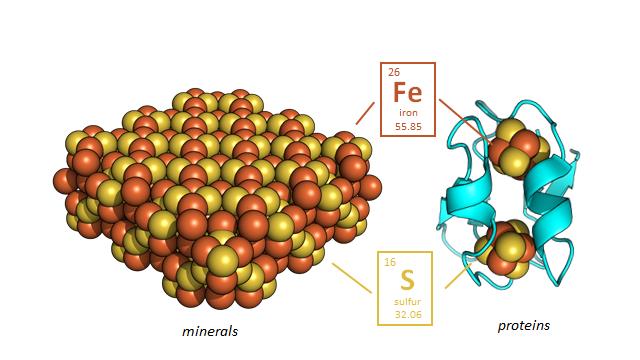Payne, an EOAS faculty member, advises the International Union for Conservation of Nature (IUCN) on efforts to protect the biodiversity of the oceans regions that are beyond national jurisdiction, and chairs an IUCN Specialist Group. By Walker Perry and Carol Peters How are the limited, fragile and largely unknown natural resources and ecosystems in the high seas protected and regulated? …
A New Way to Predict Sea Breezes May Benefit Offshore Wind Farms
Rutgers-led team uses new technique to make wind a more reliable energy source. By Todd Bates The proposed, multimillion-dollar offshore wind farms industry may benefit from a Rutgers-led study that used sophisticated forecasting to understand sea breezes and make them a more predictable source of energy. The behavior of offshore sea breezes, and how the ocean influences them, have largely …
Explore the Poles at the Rutgers Geology Museum’s 51st Annual Open House on 1/26/19
This family friendly event includes presentations, a mineral sale, crafts, activity sessions, and more. Events are free and no pre-registration is required. By Dr. Lauren Neitzke Adamo, Rutgers Geology Museum Co-Director As the end of January quickly approaches, we can be assured of few things: the temperatures will surely start to plummet, all New Jerseyans will start to stalk the …
Congratulations to EOAS Faculty on their Promotions
EOAS congratulates its following faculty members on their recent promotions or reappointments: Daphne Munroe DMCS Promoted to Associate Professor Malin Pinsky DEENR Promoted to Associate Professor David Bushek DMCS Promoted to Professor Brooke Maslo DEENR Reappointed to pre-tenure, tenure-track position.
EOAS’ Mark Miller Rebuilds Rutgers’ Photochemical Assessment Monitoring (PAM) Station
Written by Ryan Stiesi Videography by Walker Perry The Rutgers PAM Site is now arguably the most sophisticated air quality and atmospheric radiation measurement system in the U.S. Northeast. When Professor of Atmospheric Science Mark Miller took over Rutgers’ Photochemical Assessment Monitoring (PAM) Station in 2011, he was determined to rebuild it into one of the most advanced and effective …
The Scream: What Were Those Colorful, Wavy Clouds in Edvard Munch’s Famous Painting?
Rutgers and UK scientists suggest “mother-of-pearl” clouds inspired the Norwegian artist. What inspired the iconic red-and-yellow sky in The Scream, the painting by Norwegian artist Edvard Munch that sold for a record $119.9 million in 2012? Some say it was a volcanic sunset after the 1883 Krakatau eruption. Others think the wavy sky shows a scream from nature. But scientists at Rutgers …
Mourning the Passing of a Great Leader, Mentor and Friend Fred Grassle
It was a profound shock for Rutgers to learn that Fred Grassle had passed away. Fred was our leader, mentor, partner in adventures at sea, and most of all a great friend. At marine sciences we have always called the marine science building the “home that Fred built”, and it is a home thanks to his warmth and generosity. Without …
Climate Change Means Fish Are Moving Faster Than Fishing Rules, Pinsky Study Says
Researchers say out-of-date regulatory system hasn’t kept up with the realities of global warming and shifting fish populations. Climate change is forcing fish species to shift their habitats faster than the world’s system for allocating fish stocks, exacerbating international fisheries conflicts, according to a study led by a Rutgers University–New Brunswick researcher. The study, published online in the journal Science today, showed for the first time that new fisheries …
NASA Funds Scientists’ Pursuit of the Origins of Life
Rutgers-led ENIGMA team examines whether “protein nanomachines” in our cells arose before life on Earth, other planets. What are the origins of life on Earth and possibly elsewhere? Did “protein nanomachines” evolve here before life began to catalyze and support the development of living things? Could the same thing have happened on Mars, the moons of Jupiter and Neptune, and …



